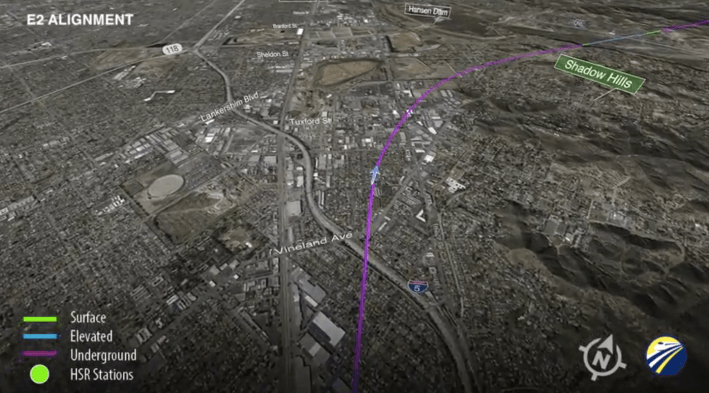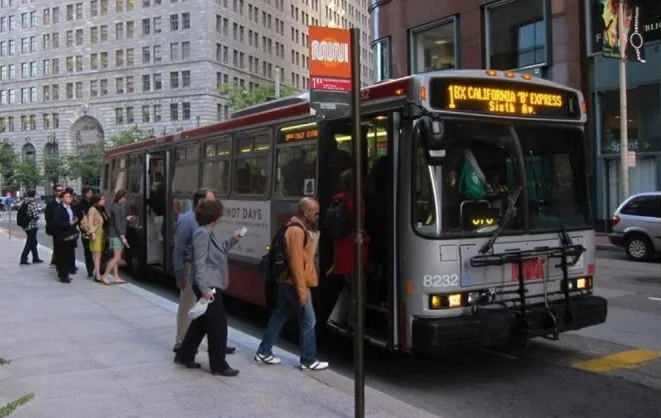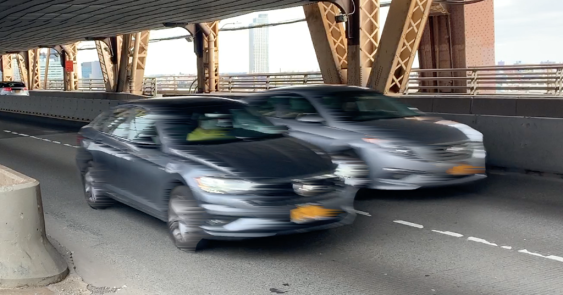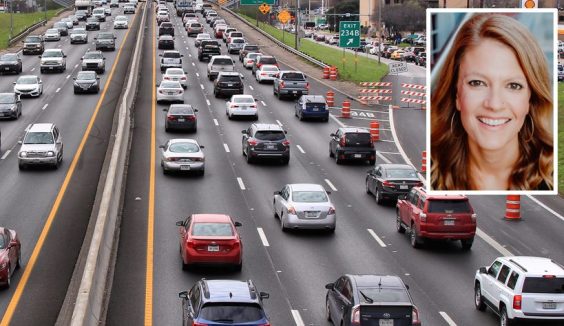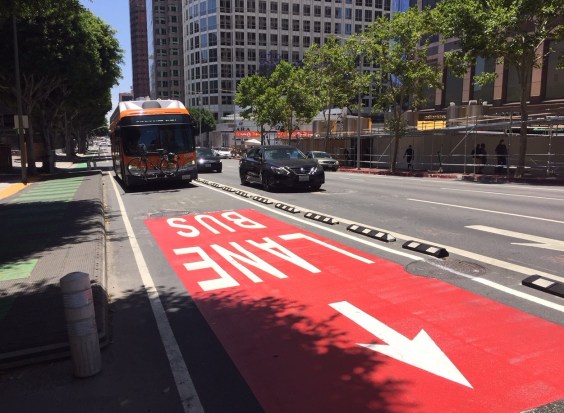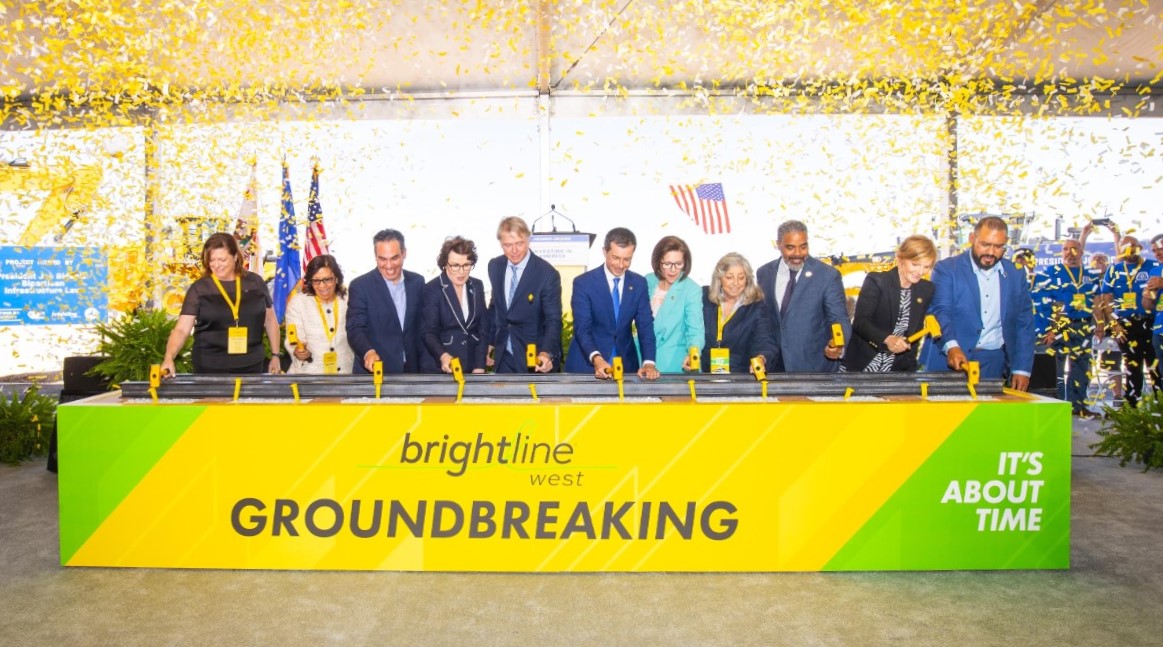High-Speed Rail
High Speed Rail Update: Animations of Potential Palmdale-Burbank Routes
Stay in touch
Sign up for our free newsletter
More from Streetsblog California
Thursday’s Headlines
LA Metro declares emergency over attacks on bus operators; Some deadly Bay Area streets to see safety fixes; Tax ride-hail to save transit? More
Bill to Require Speed Control in Vehicles Goes Limp
Also passed yesterday were the Complete Streets bill, a bill on Bay Area transit funding, and a prohibition on state funding for Class III bikeways.
‘We Don’t Need These Highways’: Author Megan Kimble on Texas’ Ongoing Freeway Fights
...and what they have to teach other communities across America.
Wednesday’s Headlines
Brightline LA-to-Vegas promises quick construction; LA Metro buses set to test camera enforcement of bus lane obstruction; Why are we still knocking down houses to build freeways? More
Brightline West Breaks Ground on Vegas to SoCal High-Speed Rail
Brightline West will be a 218-mile 186-mile-per-hour rail line from Vegas to Rancho Cucamonga - about 40 miles east of downtown L.A. - expected to open in 2028
